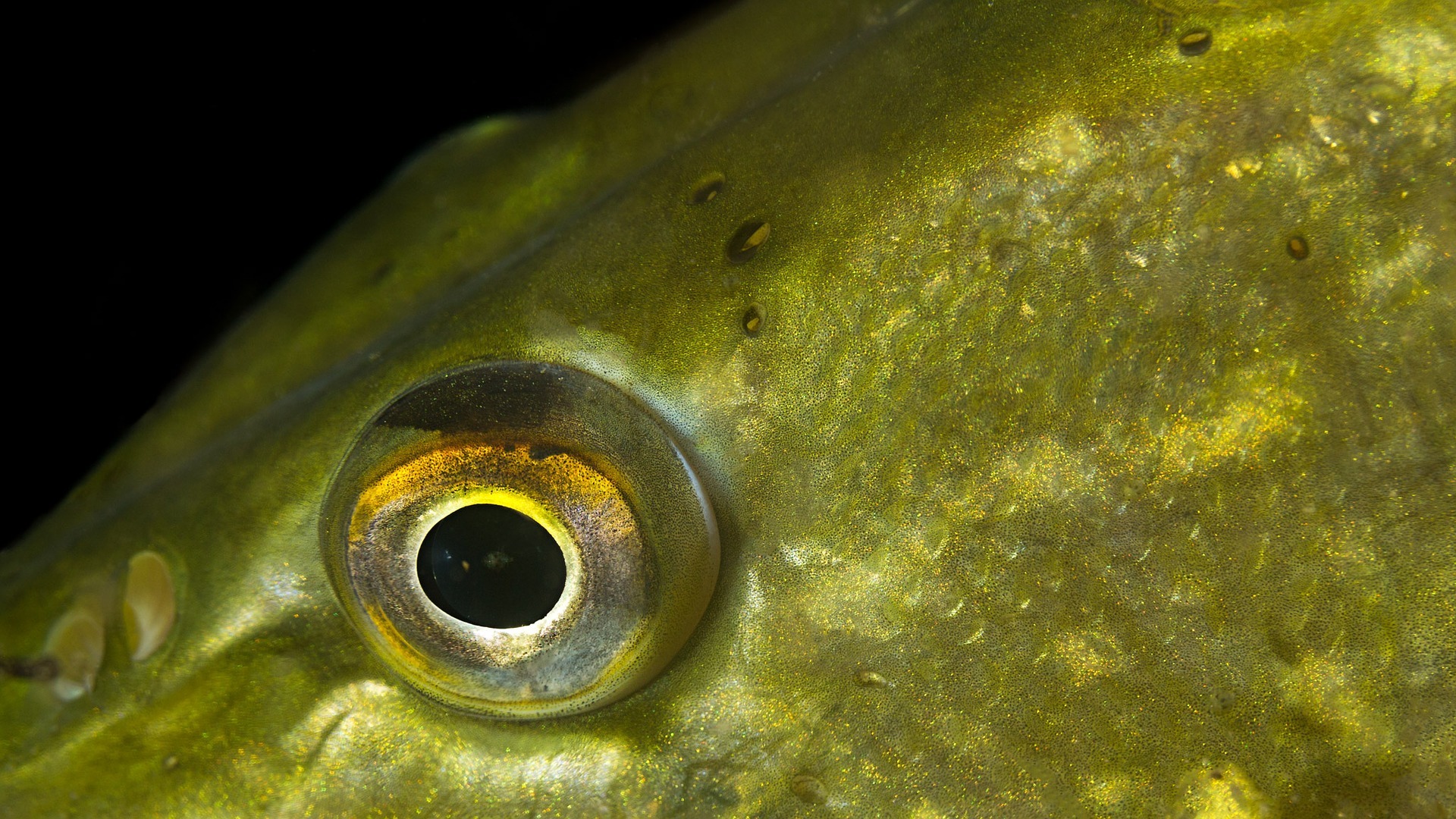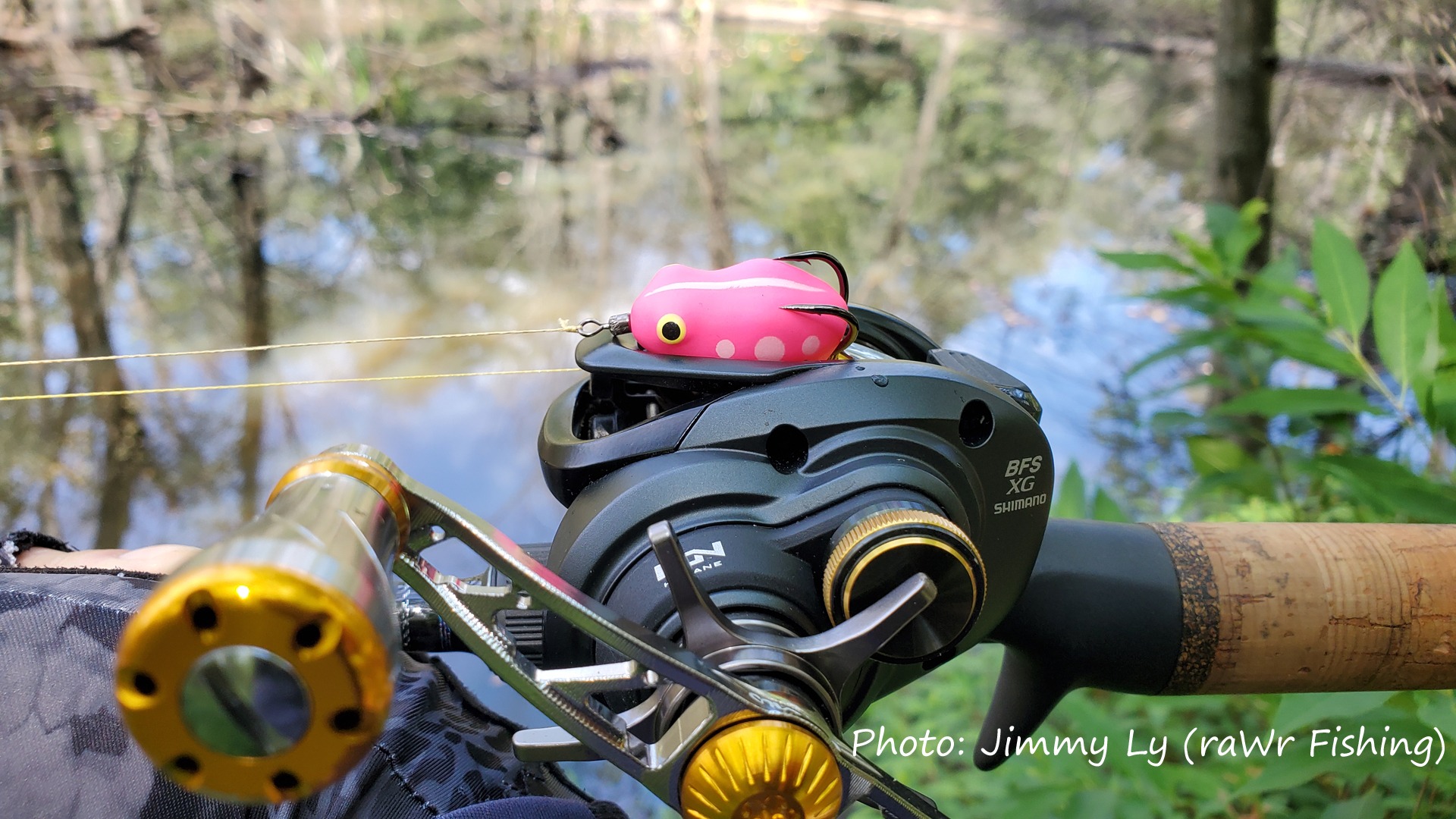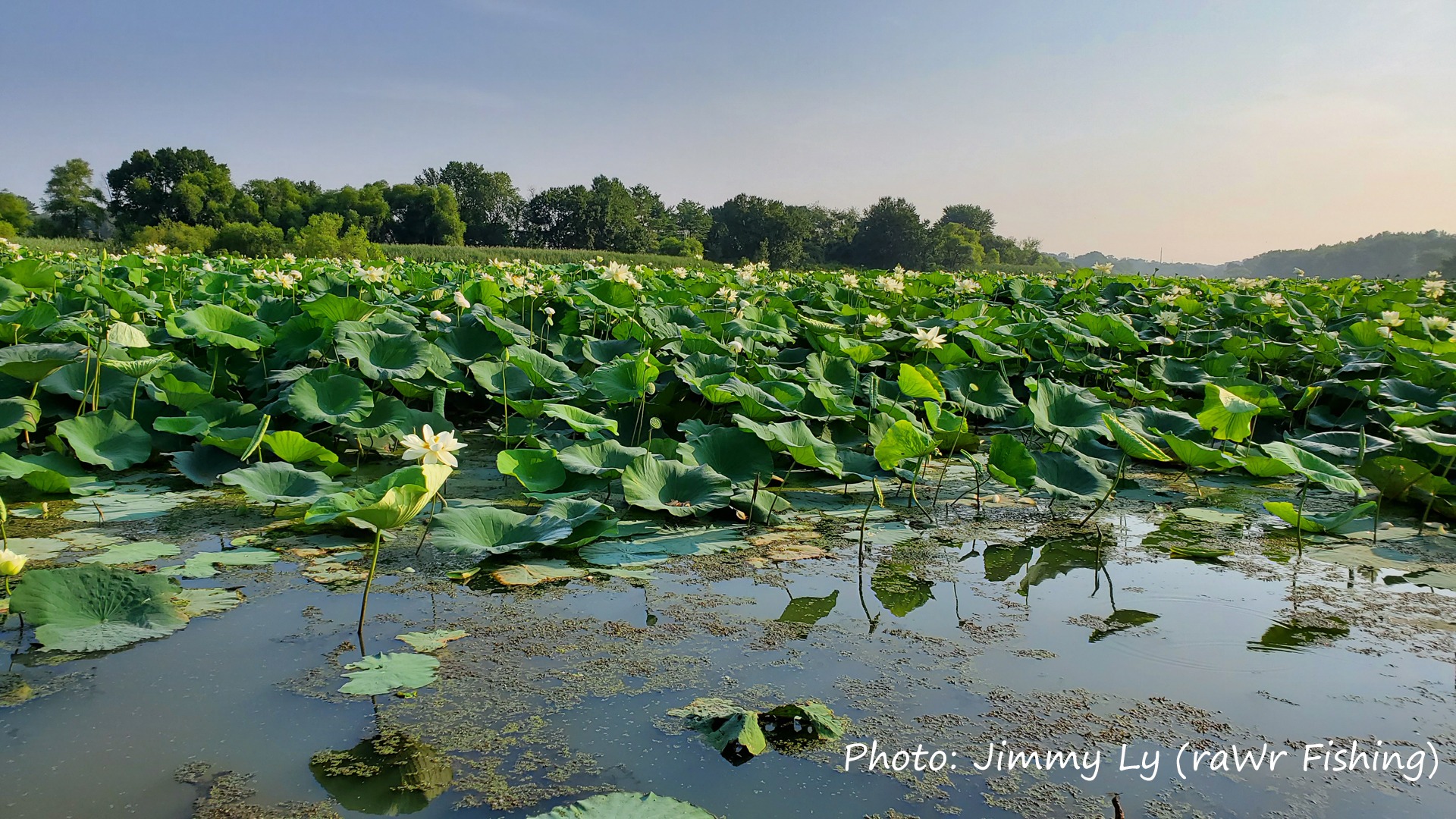Want to experience the hair-raising excitement of surface lure fishing for pike? Here’s a quick-start guide - PLUS if you need a bigger fix there's always the Full FD Guide to Pike Fishing.

When Should I Try Surface Lure Fishing for Pike?
Generally warmer weather will mean that pike are more willing to commit to topwater strikes. Although you can never say never in fishing, cold water usually means that fish want to hug the bottom and you might struggle for action on the surface in the depths of winter! Early summer through to autumn/fall would be the classic recommendation for surface lure fishing for pike. That being said, blazing sunshine doesn’t tend to be the best option either – so picking low-light times of day in the height of summer is probably going to give you the best results.
The warmer months of the year is also when the most common types of surface prey will be active – whether that is frogs, rats, voles, ducklings or even hapless crash-landed fledglings.
Warm weather will also often see bait-fish more active right at the surface. Plus any weakened, injured and disorientated fish from those shoals will often find themselves swimming in an uncoordinated way just breaking the surface.
What Are the Ideal Conditions for Topwater Pike?
Some cloud cover and a light ripple should help your chance of success through the main part of the day. Warm, but preferably not baking hot, air (and water) temperatures are usually best for lure fishing in general – whether that is for topwater or other methods.
As mentioned before, if you are in the middle of a hot, bright spell, concentrating on dawn to breakfast time and then the last couple of hours of daylight tend to give the pike more of an advantage. For the sub-surface prey of pike, bright conditions seem to make the predator more easily spotted and avoided. I wonder if, for surface prey, it is more difficult for a pike to accurately target something against a really bright background (or a particularly strong reflection from the underside of the water-surface)?
Surface Lure Fishing for Pike: Lure Choice Guide
Duckling Lures
If you were in any doubt about the excitement of surface lure fishing for pike, then millions of viewers of NDYakAngler’s YouTube Channel (and probably Matt Nelson’s most famous video) might just give you a hint:
The bay Matt was fishing in his video had been chosen by breeding ducks to try and bring up their ducklings. That made his choice of lure a really good example of the old “match the hatch” approach borrowed from fly fishing. Just remember, it’s not ONLY targeting trout that are eating certain flies that can benefit from this approach. Matching up the behaviour and appearance of any abundant prey species with your lure presentations when targeting all predators – including pike on the surface. Those prey could be bait fish, rodents, amphibians – the list goes on.
Speaking of amphibians…
Frog Lures
Another kind of “hatch” that is worth paying attention to is any kind of amphibian activity – including frogs and toads. It’s often possible to increase your chances when surface lure fishing for pike by imitating something that the fish are used to eating at the time of year you are fishing. With that said, the various kinds of frog lures are certainly worth throwing - even without a plague of real frogs paddling around! A fun version of this could be using one of the hollow-bodied micro frogs to target jack pike for some exciting topwater blow-ups.
The setup, below, that Jimmy Ly (Insta: @rawrfishing) uses for snakeheads will be ideal with the addition of a bite-proof trace:

Casting these lures in the 5-g to 10-g range using light spinning gear or even Bait Finesse System rigs is great fun – just remember your bite proof trace as normal when pike are on the cards.
As you can see from the photo, this is one of those examples where the hooks are already fairly weedless (due to the crushable body offering protection to the hook-points until bitten by a fish). Then as mentioned above, the floating lure combined with upward-facing hooks will give an extra advantage by helping to keep those hooks away from sub-surface weeds to some degree. You can see this rig in action for snakeheads on Jimmy's YouTube Channel.
Of course, it’s not only about the micro frogs. You can also have great sport with pike of all sizes when using much bigger frog baits. Below is a short session filmed by Dan at DB Fishing on YouTube throwing a Westin Frog bait – with some explosive action:
Notice in the video above that there was a definite early morning/lower light phase which favoured the topwater bite. Dan’s bonus fish on the way back to the car needed a switch to the jerkbait once the topwater action had dried up.
Whopper Ploppers
Back with Matt at NDYakAngler on YouTube – we can see the potential for the distinctive “Whopper Plopper” vibes put out by River 2 Sea’s well-known lure when it comes to pike.
Earlier in the article we talked about shoals of bait fish spraying out of the water’s surface – and it is possible that the noise created by whopper plopper style lures exaggerate this “prey signal”. Fans of the lure certainly report the importance of getting the pace of the retrieve just right. They say that you can hear when you’ve got it right in the distinctive sputtering “plip, plip, plip” note of the paddle turning at the correct speed.
Stick Bait “Walk the Dog” Lures
Borrowing tactics from bass fishing is a great idea – just remember the need for a wire trace when translating these to pike fishing. The rolling, kicking zig-zag action at the surface is a brilliant imitation of a wounded baitfish – and this is exactly what you get with hard ,floating stick-baits and similar lures…BUT you need to know how to get them to work properly if you’re going to give yourself the best chance of success.
As mentioned in the video, the key thing here is to be able to feed slack with just the right timing to allow the bait to turn and glide out to the side before being pulled back around and allowed to slide out the other way.
Rat Lures
Back with Dan at DB Fishing – and here he manages to find someone’s lost Rat lure in a tree!. After casting over it with super strong line and pulling it free, check out the topwater blowup on his new free lure:
That’s pretty good going considering the Savage Gear 3-D Rad usually has a retail price around £20.
Also, the fact is, rats are super common around watercourses and they do find themselves in the water from time to time. If this style of topwater fishing appeals to you, then you might enjoy the article on mouse fishing for big trout too.
Where Should I Cast When Surface Lure Fishing for Pike?
As we've seen in the lure section above, a number of surface lures are designed to be “weedless”. In other words, the hook points are hidden or guarded in some way against snagging on weeds and other obstructions. When a fish bites, it should easily crush whatever is covering the hook-point(s) and allow you to set the hook firmly.
A clear advantage with weedless baits is that you can throw them into some pretty heavy cover without too many problems.
That advantage is probably even greater for surface lures than for sinking or diving baits, since some of the hook-points could be held just above the water’s surface away from a lot of the submerged snags (see micro frogs section!).
Obviously, that kind of ambush structure (pads, stick-ups, sub-surface weed beds) is loved by pike. While natural prey tends to use cover to hide in as well as they can – surface lure fishing for pike lets you send out some very clear signals of prey in distress. The surface disturbance helps pike to home in on your bait – even when pulled over the top and between fronds of floating vegetation.

Added to that, it is always worth retrieving your lures within striking distance of obvious trailing or emergent cover vegetation and even large rocks. Any kind of physical structure is worth skirting very closely with a surface lure. Pike love to blend in and blindside prey using that physical structure to hide behind, under or next to.
It might sound super-obvious but keeping an eye out for pike attacks on natural prey will tell you exactly where to cast! Whether you directly see or hear the pike blow-up – or you notice the spray of baitfish scattering – those are the very best signs of an actively feeding predator.
Without it being a hard and fast rule, you should at least test out the idea that the downstream bank of wherever you are fishing will tend to attract baitfish by concentrating their cover (debris) and food-sources against that bank.
Even when the wind is blowing directly upstream or downstream on slow-flowing sections of rivers or canals, there will often be obstructions across the main flow (especially fallen tree-trunks and log-jams). The wind (if not the current) can still push scum lines and clouds of tiny prey items for baitfish onto the upwind side of those features.
Surface Lure Fishing for Pike: Summary
Surface lure fishing for pike is a high-octane adrenaline rush for the warmer months of the year. Keep in mind the following points to increase your chances of success:
